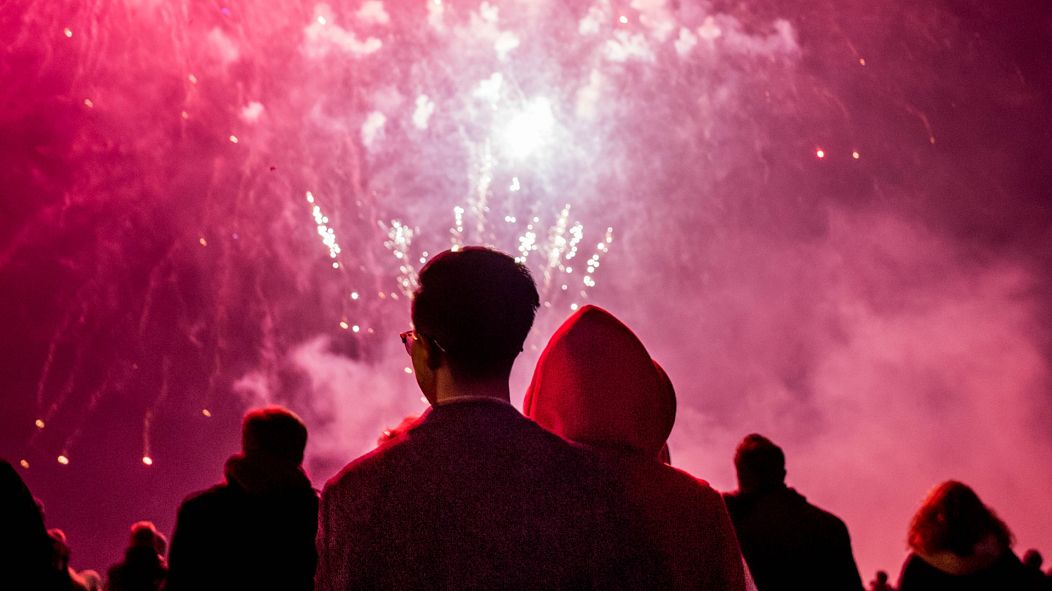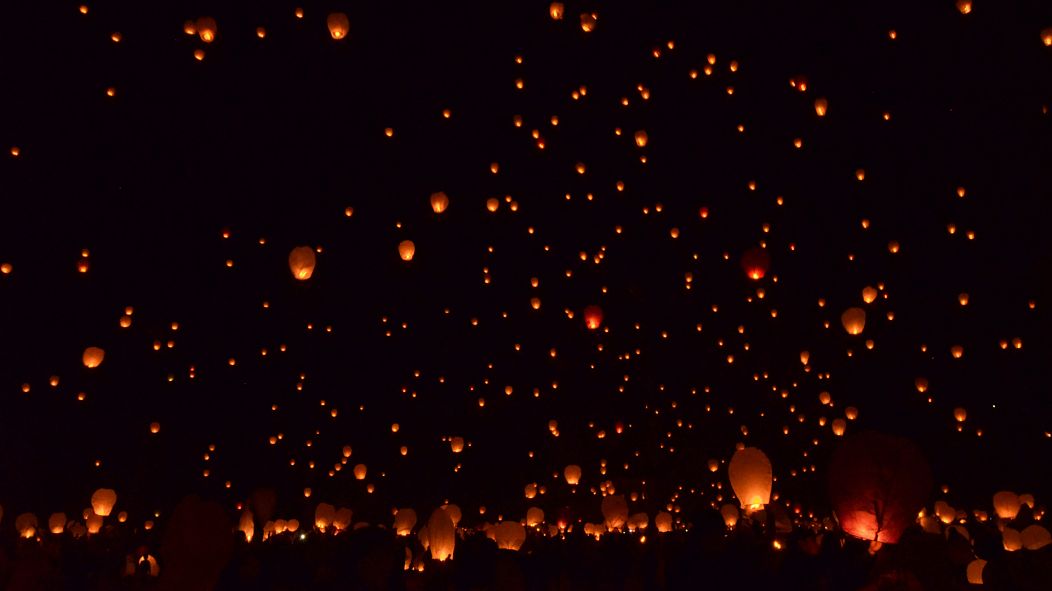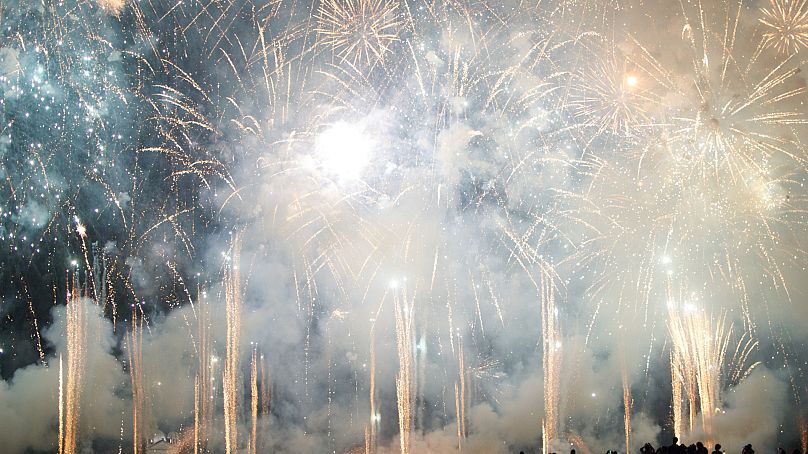Fireworks might be pretty but they can have a unexpected environmental impact.
 ADVERTISEMENT
ADVERTISEMENT
It’s that time of year again: the leaves are turning golden and falling from the trees, the nights are longer, and temperatures are dropping. Around this time, it’s almost impossible to leave the house in the evening without hearing the far-off pop and crackle of firework displays.
Bonfire Night on November 5th is a celebration that marks the anniversary of Guy Fawkes’ foiled Gunpowder plot in 1605. This cosy autumnal night usually conjures up memories of warm drinks, huddling up with friends and the magic of watching the night sky be painted with fiery reds, blues, greens and golds. However, part of living in a more conscious way is examining how your activities may have an impact on the environment and the climate.
Discovered by ancient Chinese alchemists searching for an elixir for immortality, fireworks are a mixture of gunpowder, fuel and an oxidiser, which together create a potentially polluting concoction. The addition of certain trace metals and specific additives in the 1830s by the Italians created the colours we know so well today but only serves to make fireworks more toxic. For every 270 grams of black powder used, 132 grams of carbon dioxide are created, the rest of it turning into potassium sulphide and nitrogen, according to Treehugger.
Are there ways to enjoy Bonfire Night, without feeling like you are further contributing to pollution and climate change? We think so.
These 5 tips will help you to make this November 5th your greenest yet
Go to a public display
The first and easiest way to reduce your impact on Bonfire Night is to attend a public firework display as opposed to setting off your own. Another bonus to this option is that it reduces the safety risks associated with lighting fireworks.
According to NHS Digital, there were almost 2,000 occasions of people going to A&E linked to fireworks in 2018-19 in the UK.
Read more | WATCH : Robots to clear plastic from 1000 rivers over 5 years
No lanterns, please
Stay away from Chinese lanterns, or if you do want to use them, try to source biodegradable ones, such as from Sky Lanterns Online. Lanterns become litter when they land, and can harm local wildlife, with the RSCPA warning that there is the risk of ‘ingestion, entanglement and entrapment’ for animals.
Choose your fireworks wisely
An article by the sustainable energy company Ecotricity reports that although more sustainable firework options are difficult to find, ‘white coloured fireworks will have fewer harmful chemicals than the more colourful versions’ and so are less polluting and not as toxic.
Build your bonfire safely
It’s important to remember that everything that you throw onto your bonfire will burn and whatever’s in that product will be released into the air around us, so burn natural woods and paper, not plastics and household rubbish.
The bonfires lit all over the country can also be a hazardous to wildlife. The British Hedgehog Preservation Society has created a film entitled ‘#rememberhedgehogs’ which highlights the dangers that bonfires cause to the already rapidly declining hedgehog population. By ensuring that the area is clear and away from any bushes and shrubs where hedgehogs may be living, you can protect these endangered animals.
Read more | The art installation teaching us to care for our forests
Check the weather
The weather can have an impact how polluting fireworks can be- as Green Redeem, a community that rewards sustainable behaviour, states ‘if the night air is still and misty, then the effects of pollution are intensified’. If you are hosting a fireworks event, it is best to do this on a clear, breezy night which will minimise the amount of pollution that will be stagnant in the air.













